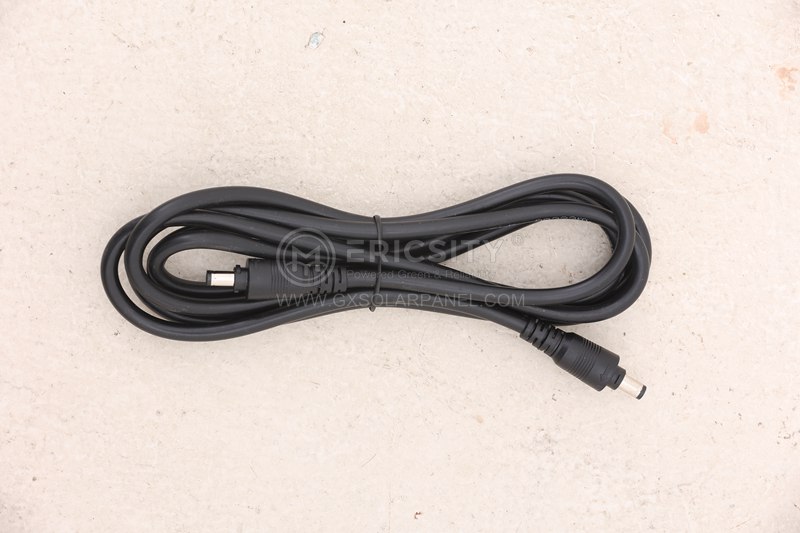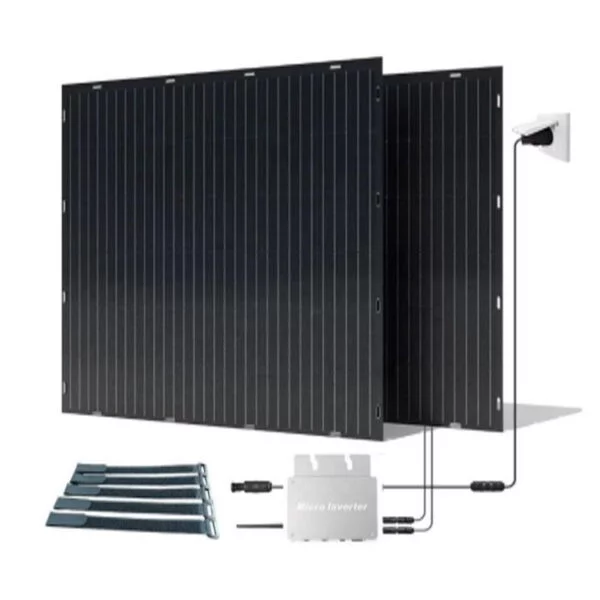HOT PRODUCT
Product Details
Investing Wisely: Balancing Cost Per Watt With Performance
Investing Wisely: Balancing Cost Per Watt With Performance
When it comes to investing in renewable energy technologies such as solar panels, one of the key factors to consider is the cost per watt of the system. However, solely focusing on this metric can lead to potential trade-offs in terms of system performance and long-term value. In this article, we will explore the importance of balancing cost per watt with performance when making investment decisions in solar energy.


The cost per watt is a simple metric that represents the cost of generating one watt of electricity using a particular solar panel system. It is calculated by dividing the total cost of the system by its power output in watts. This metric is often used by investors, installers, and consumers to compare different solar panel options in order to make informed purchasing decisions.

On the surface, choosing a solar panel system with a lower cost per watt may seem like the obvious choice. A lower upfront cost can make the initial investment more affordable and appealing. However, it is essential to consider the overall performance and long-term value of the system.
System performance is influenced by various factors, such as the panel’s efficiency, durability, and reliability. Highly efficient panels can convert a greater portion of sunlight into electricity, resulting in a higher power output per panel. Durability and reliability are also crucial, particularly in regions with extreme weather conditions. Investing in panels that can withstand harsh environments, such as high temperatures or heavy snow loads, will lead to more consistent energy production and reduced maintenance costs over time.
In addition to performance, the longevity and warranty of the solar panel system should be taken into account. A longer warranty period reflects the manufacturer’s confidence in the durability and performance of their product. Opting for a panel with a longer warranty can provide peace of mind and protect the investment against potential defects or issues down the line.
Moreover, it is necessary to consider the overall system design and quality of the components beyond just the solar panels. The inverters, racking systems, and wiring used in the installation can greatly impact the system’s overall performance and longevity. Investing in high-quality components may result in a slightly higher initial cost but can ensure reliable operations and minimize the risk of component failure over time.

When evaluating the cost per watt, it is also important to consider the local requirements and regulations. Different regions may have specific standards for solar installations, including permits, inspections, and interconnection procedures. Ensuring compliance with local regulations from the outset will prevent potential delays and additional expenses later.
Considering these factors, it becomes evident that solely focusing on the cost per watt may not provide a comprehensive assessment of the long-term value and performance of a solar panel system. Balancing the cost per watt with performance, durability, warranty, and overall system quality is crucial for making a wise investment decision.
In conclusion, investing wisely in solar energy involves more than just looking at the cost per watt. While it is an essential metric to compare different solar panel options, it should be considered alongside system performance, longevity, warranty, and overall system quality. By striking the right balance, investors can maximize the return on their investment and contribute to a sustainable future powered by renewable energy.




